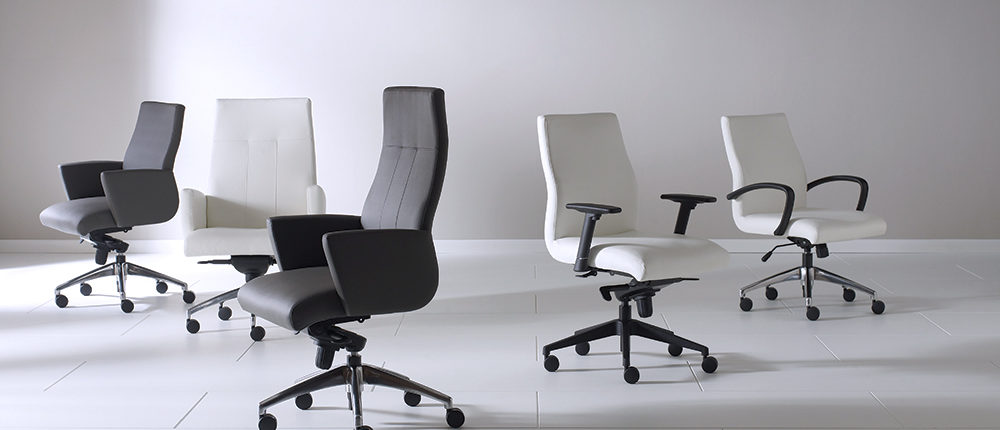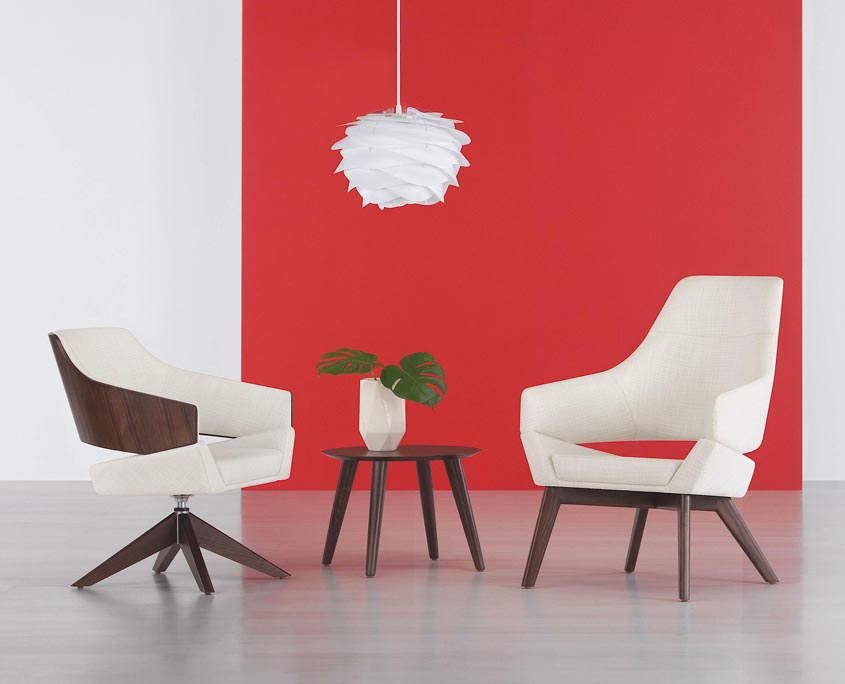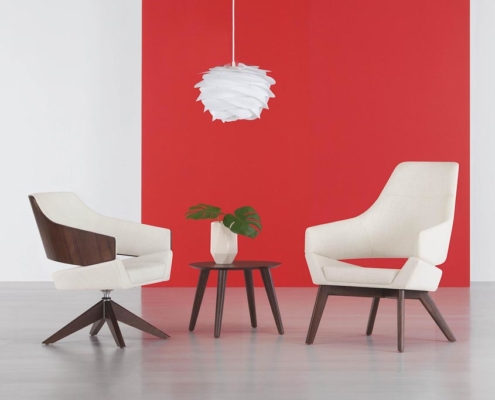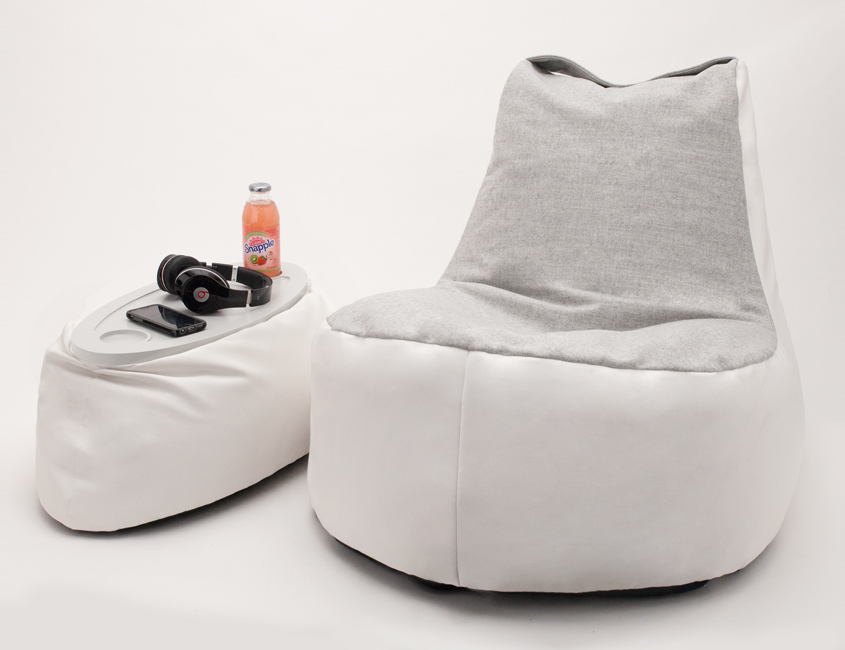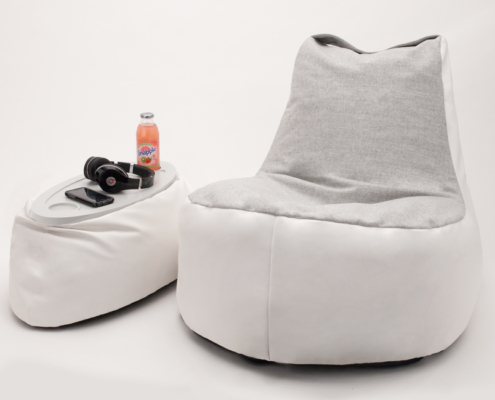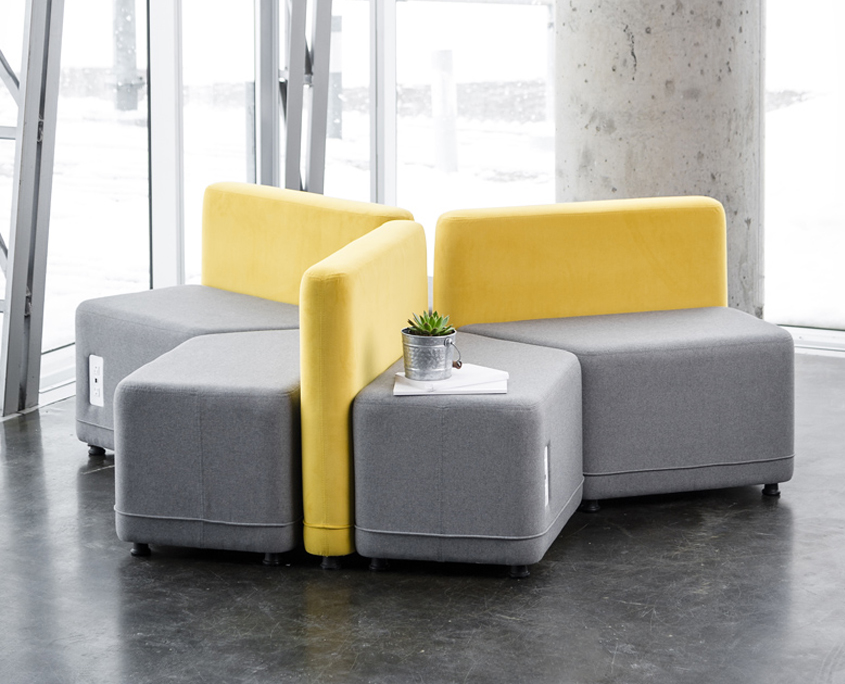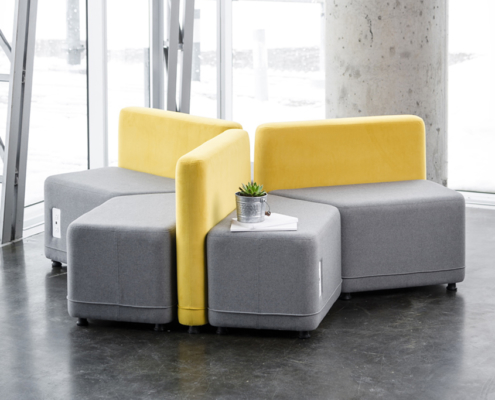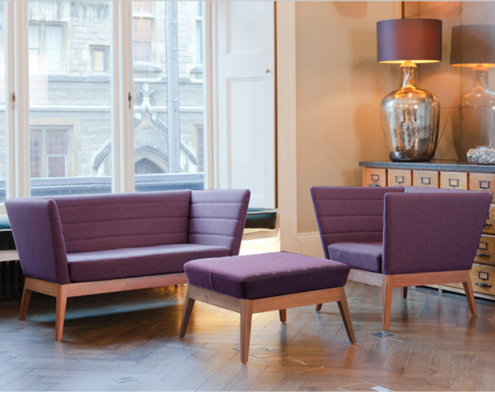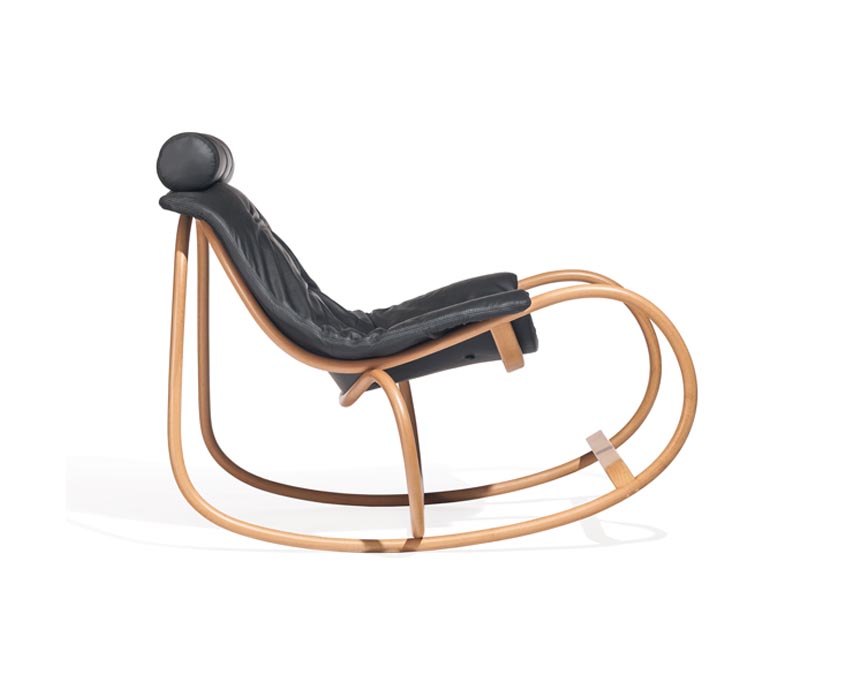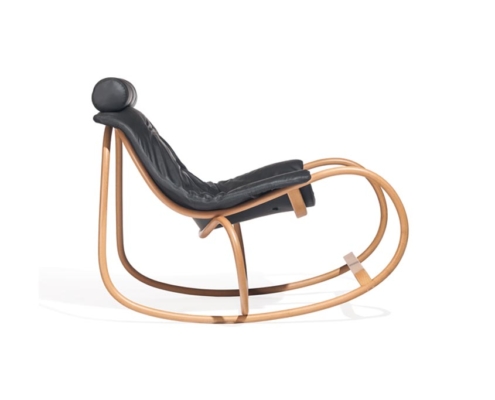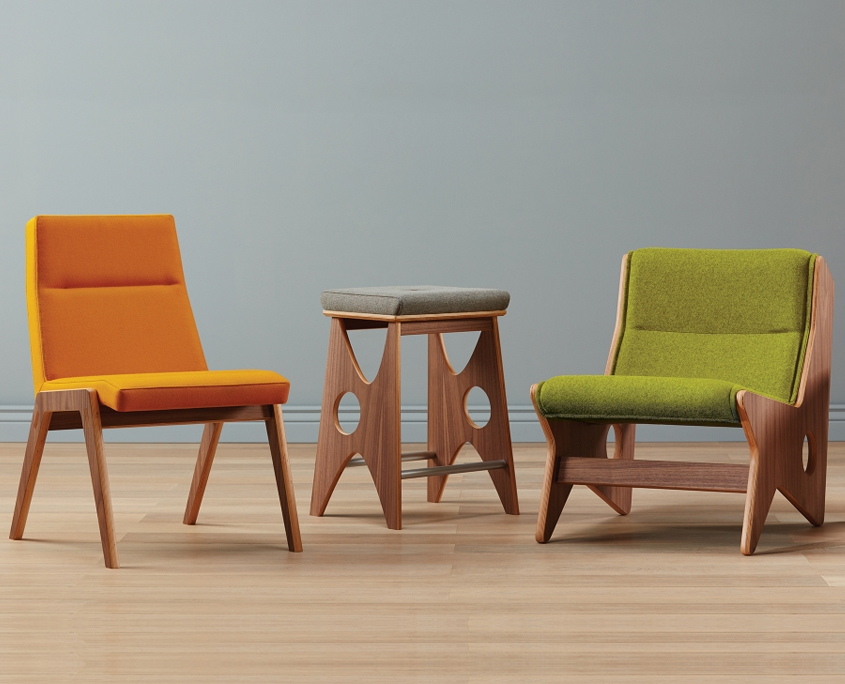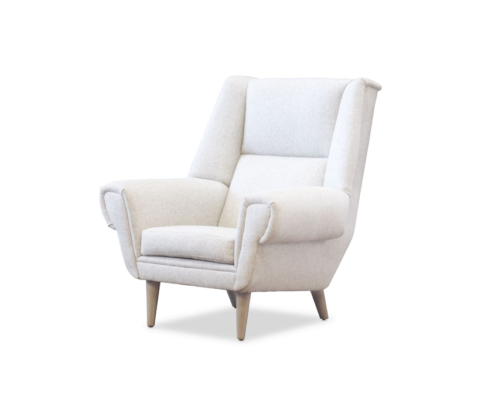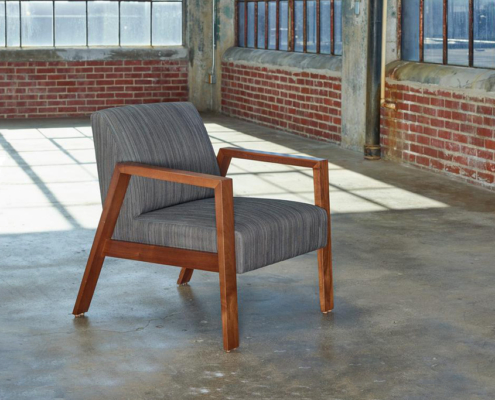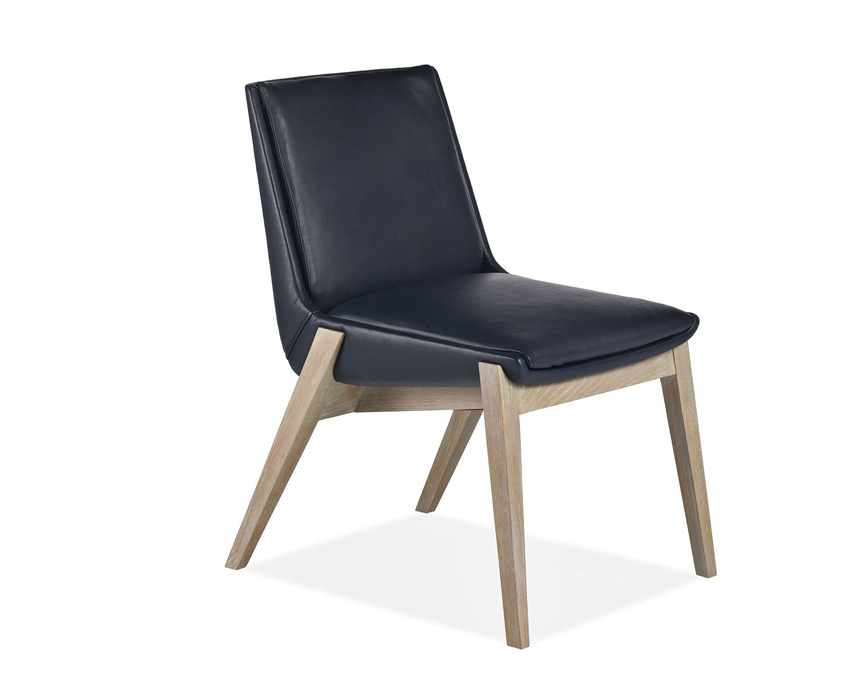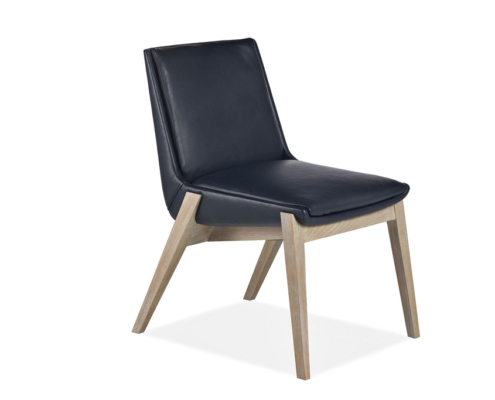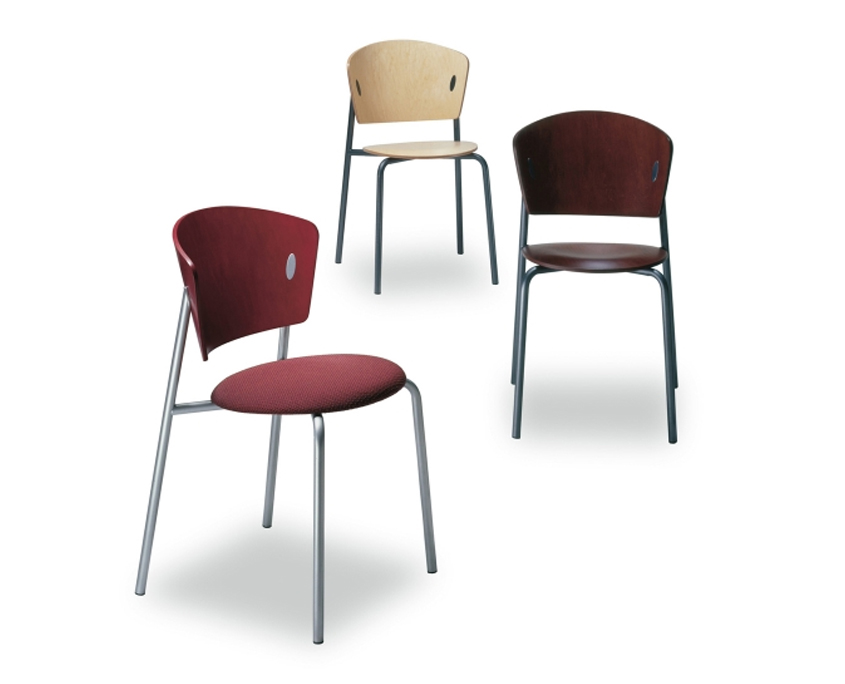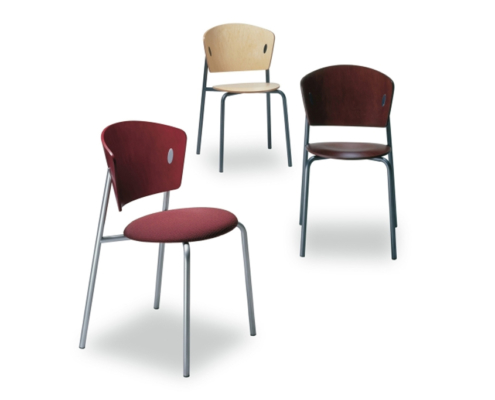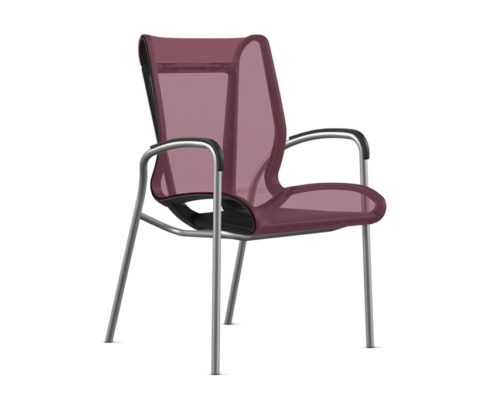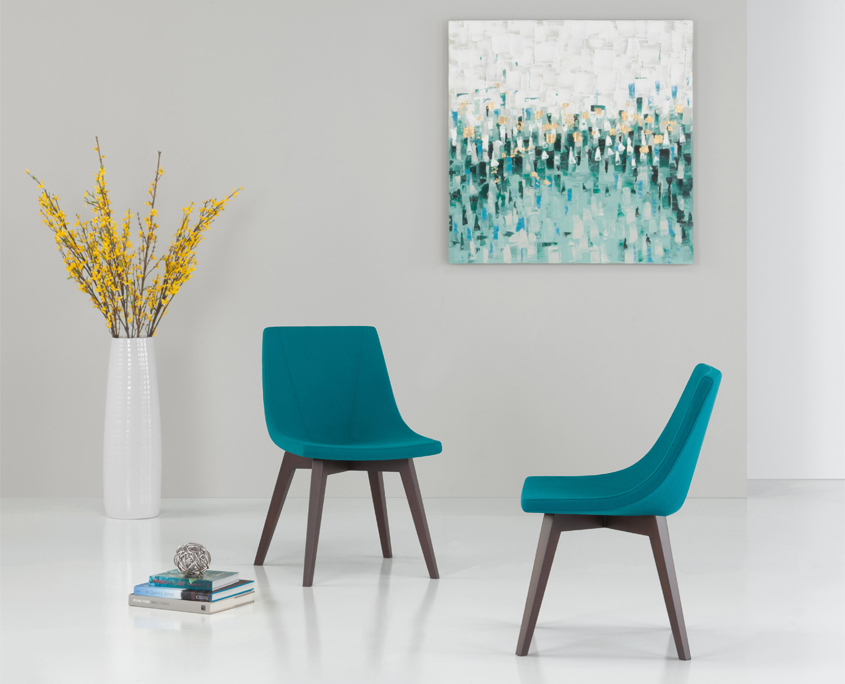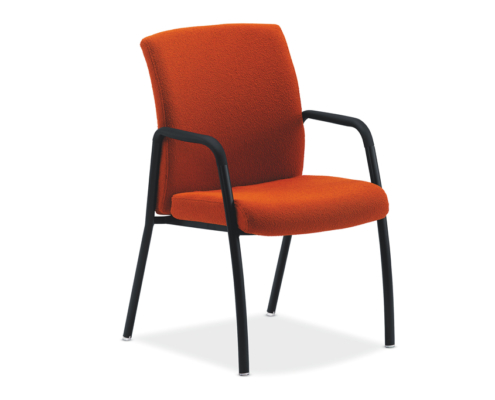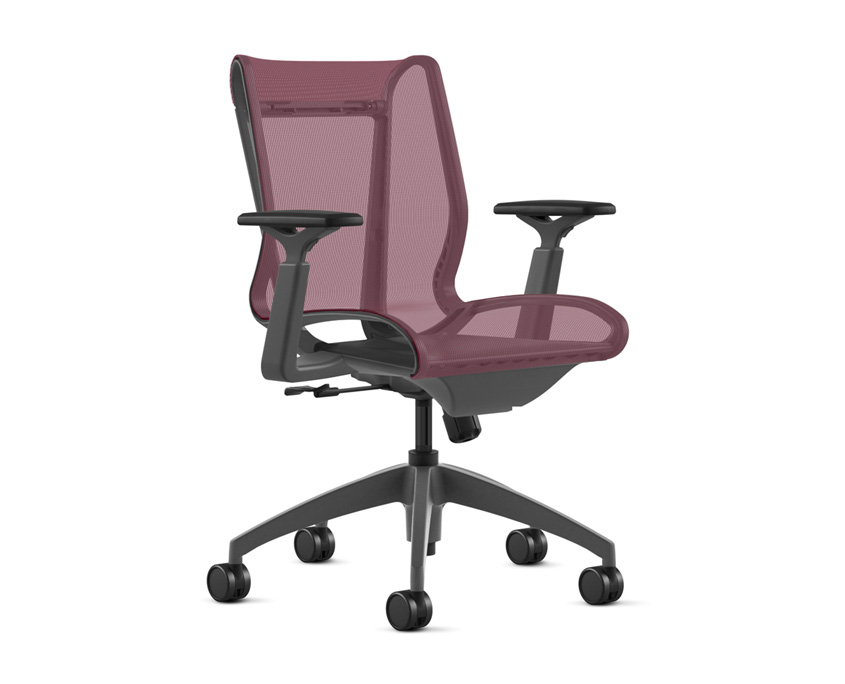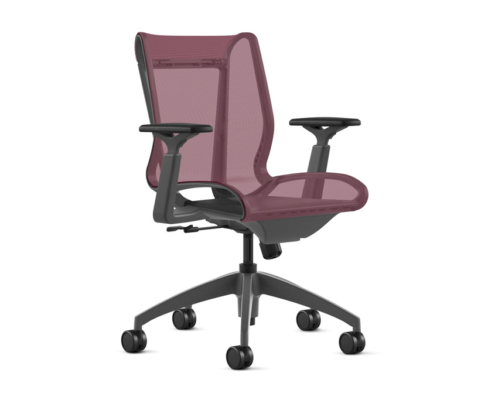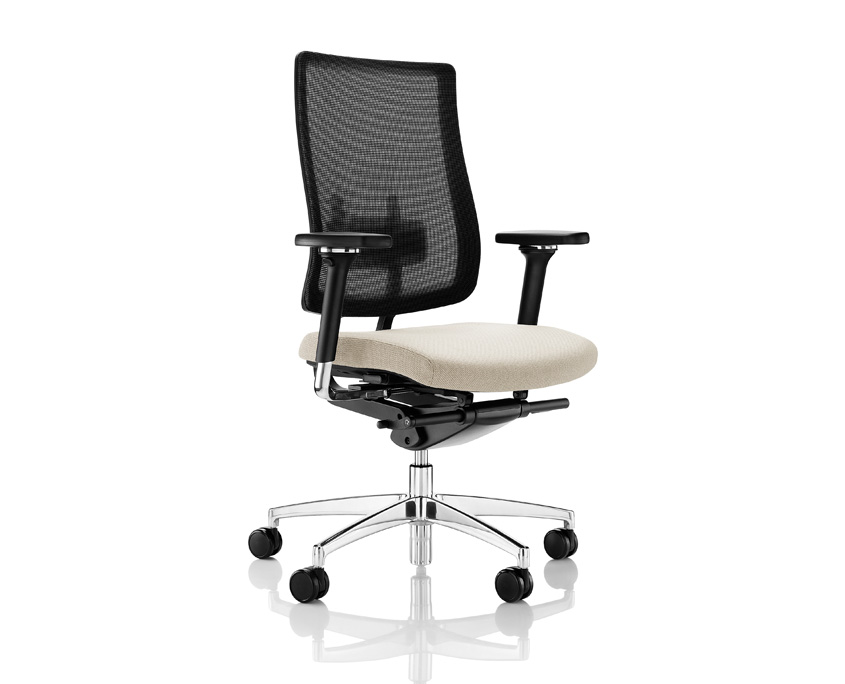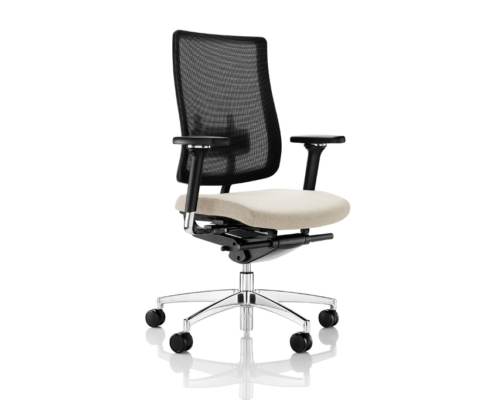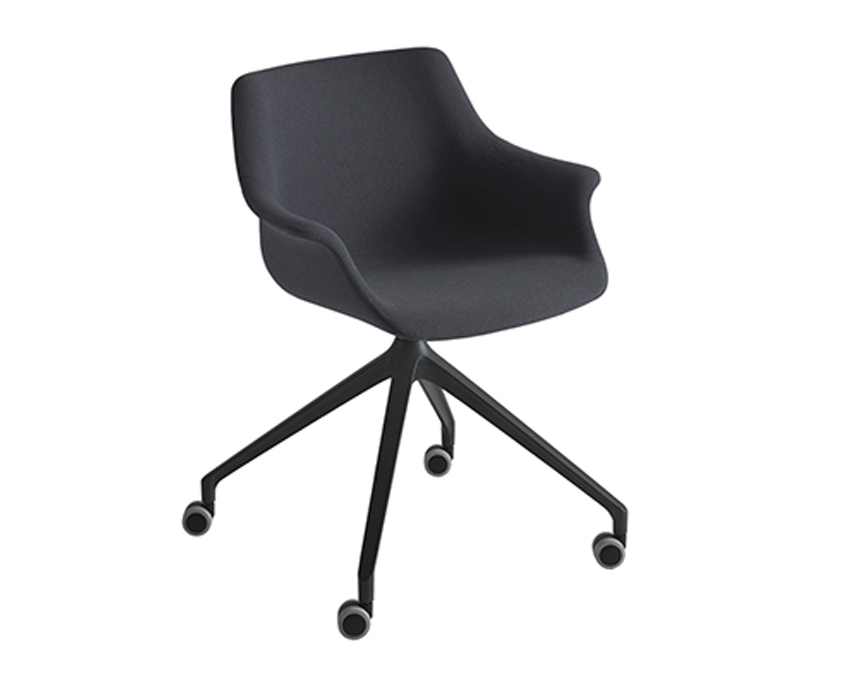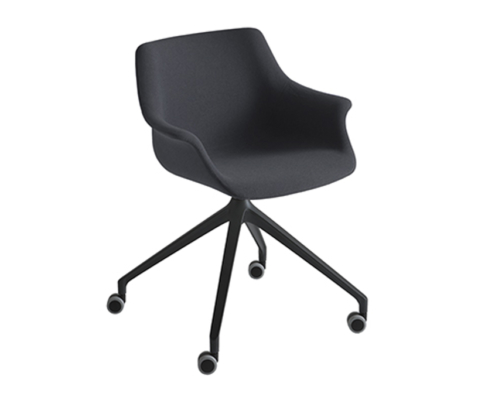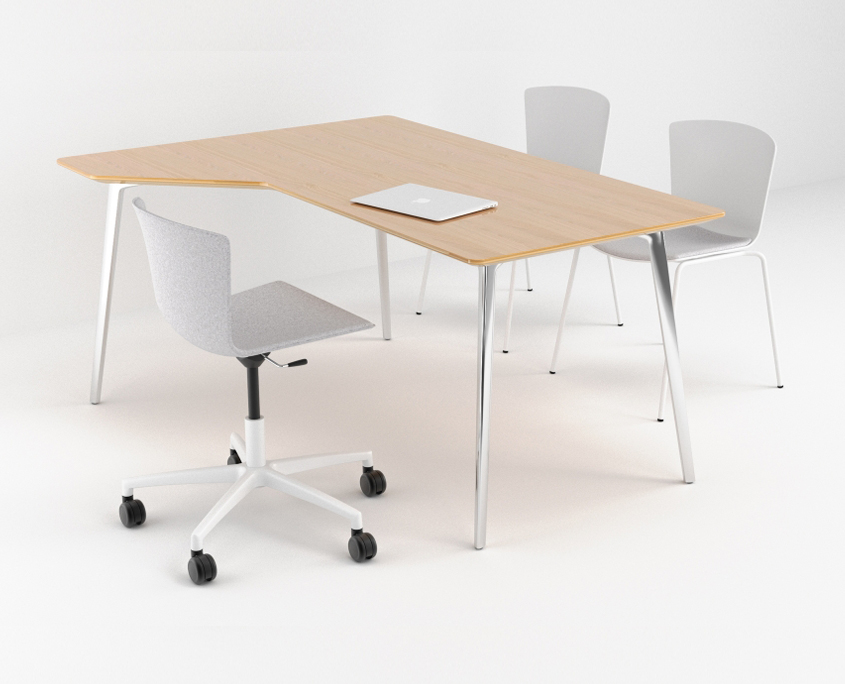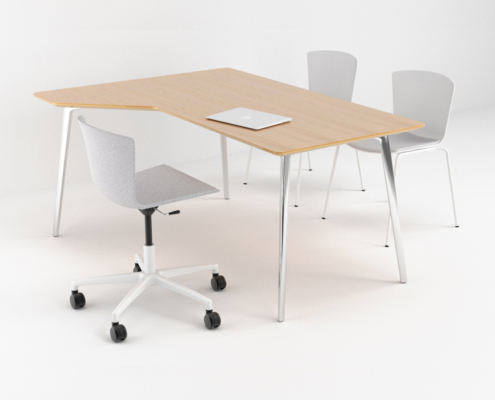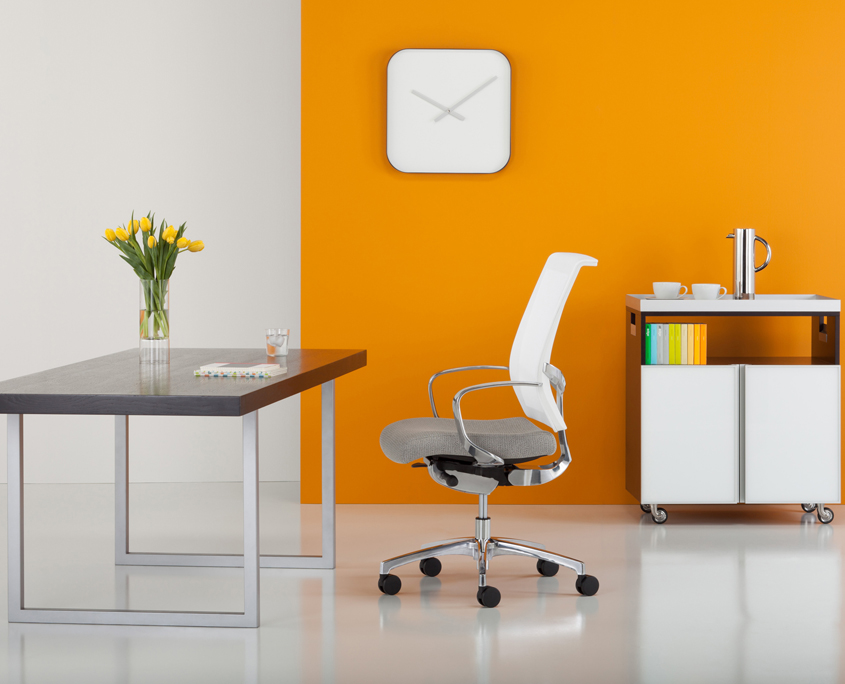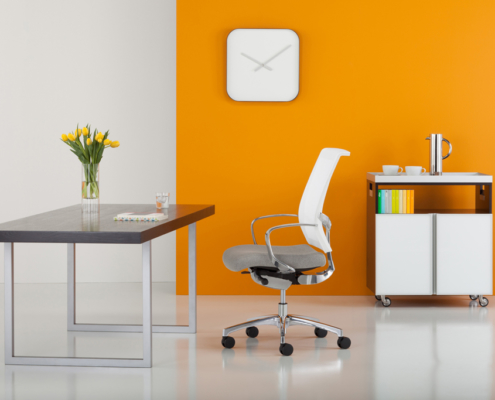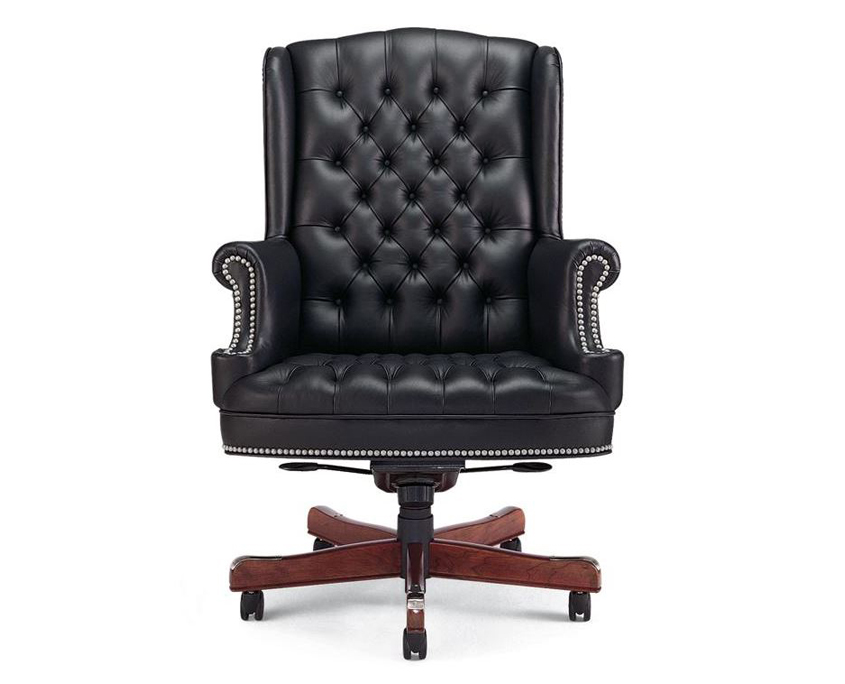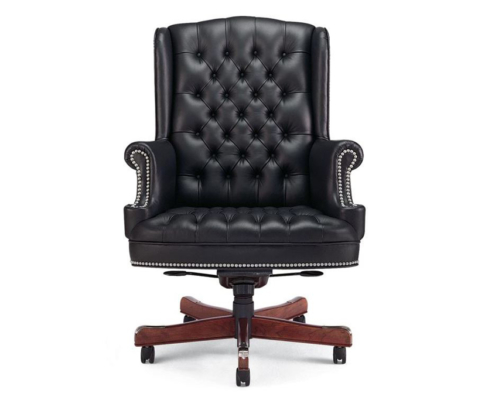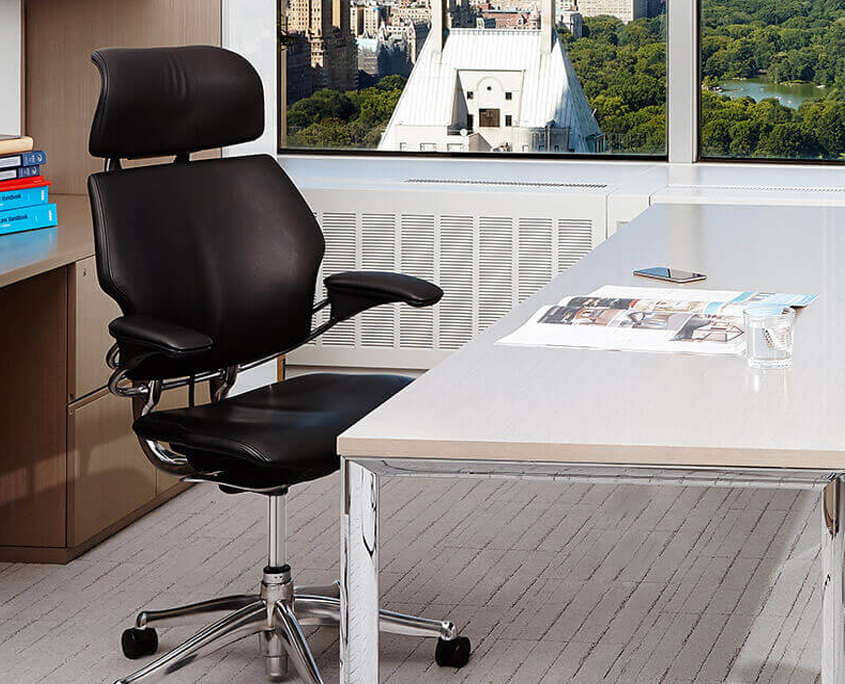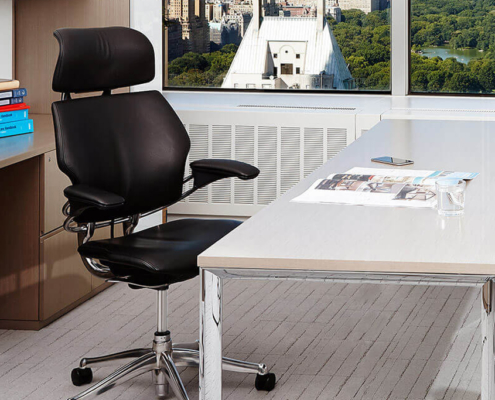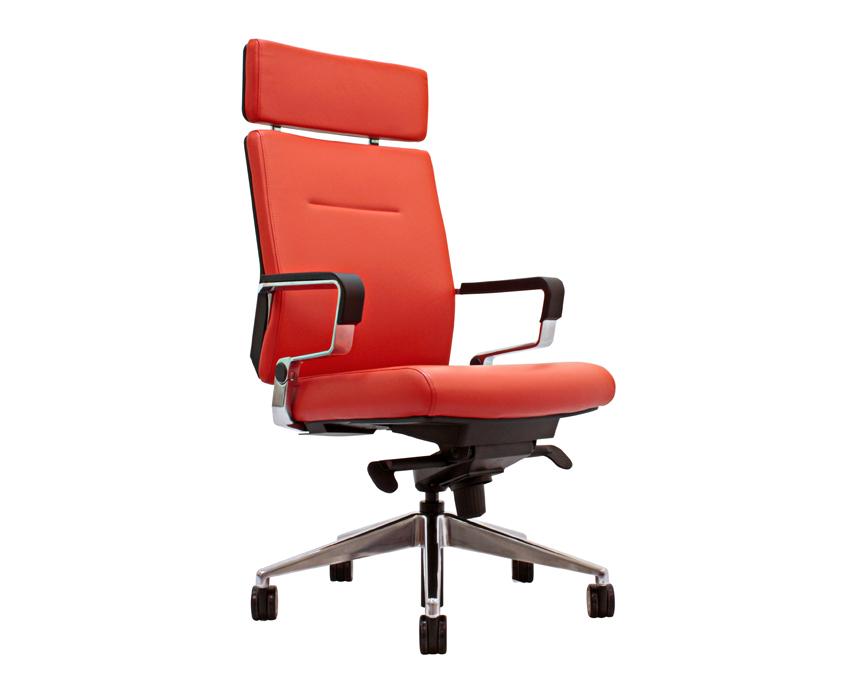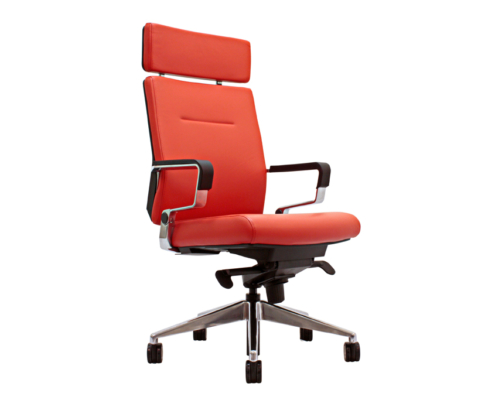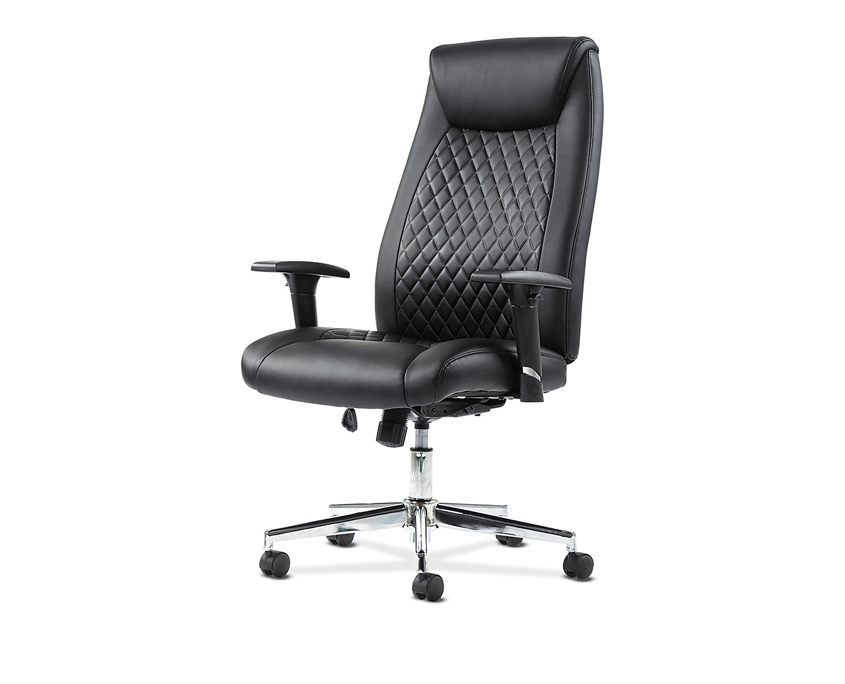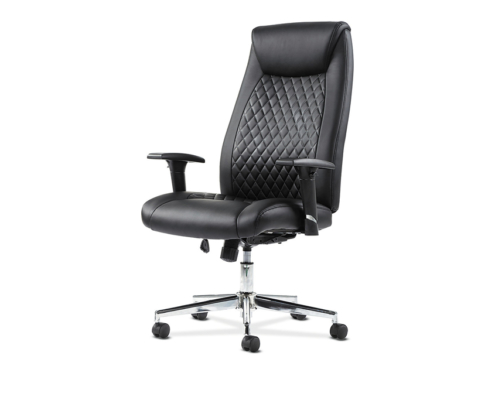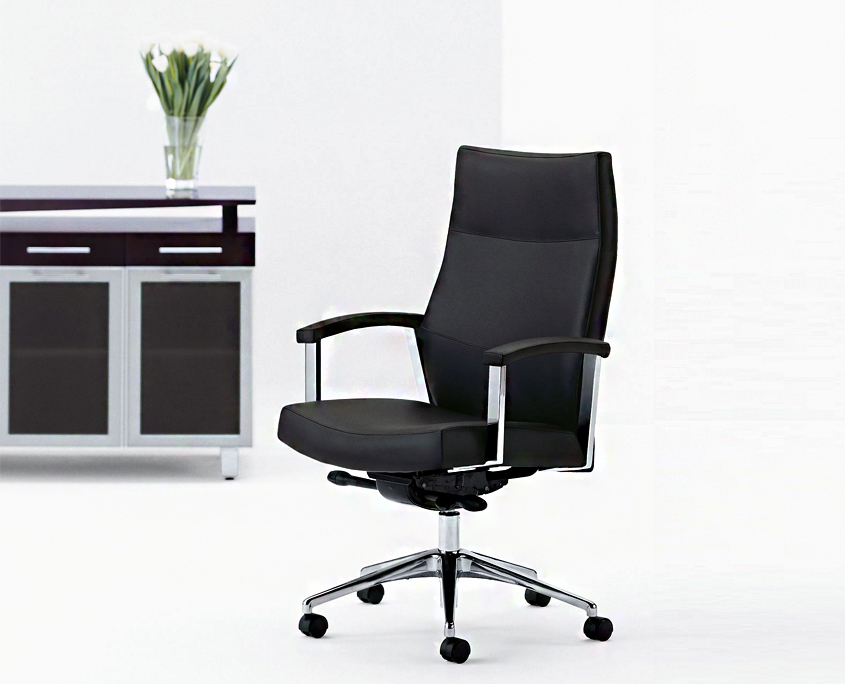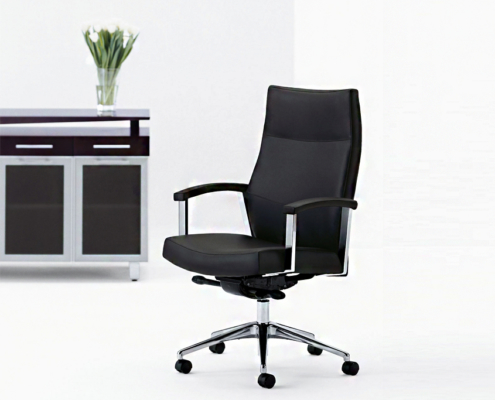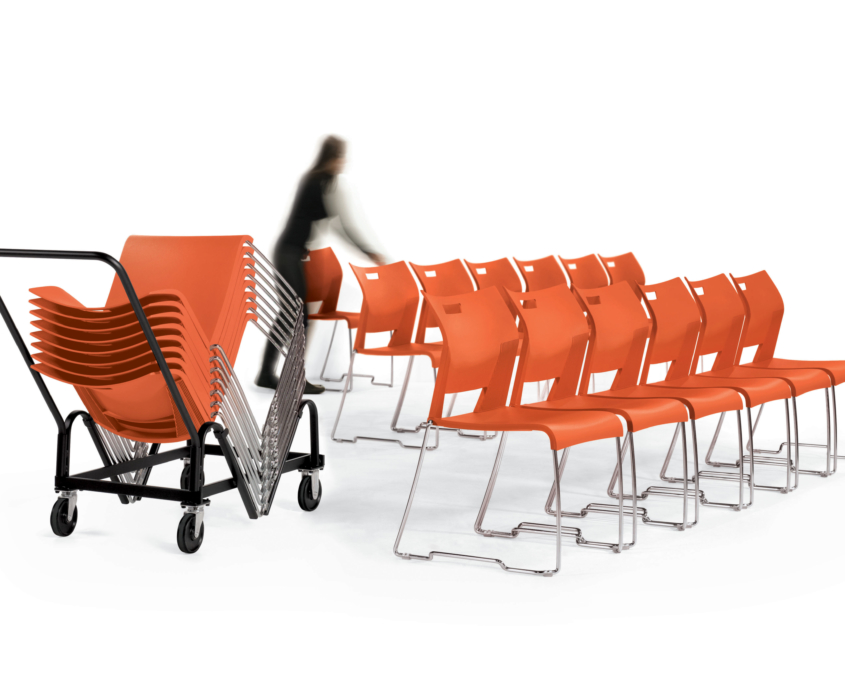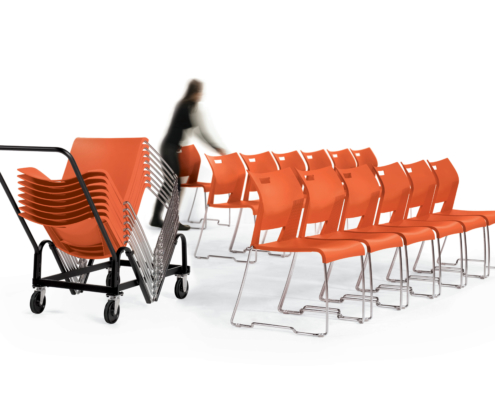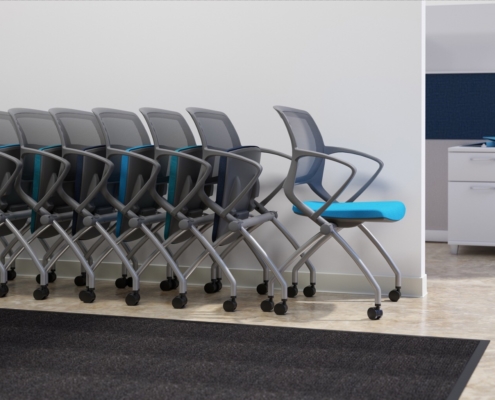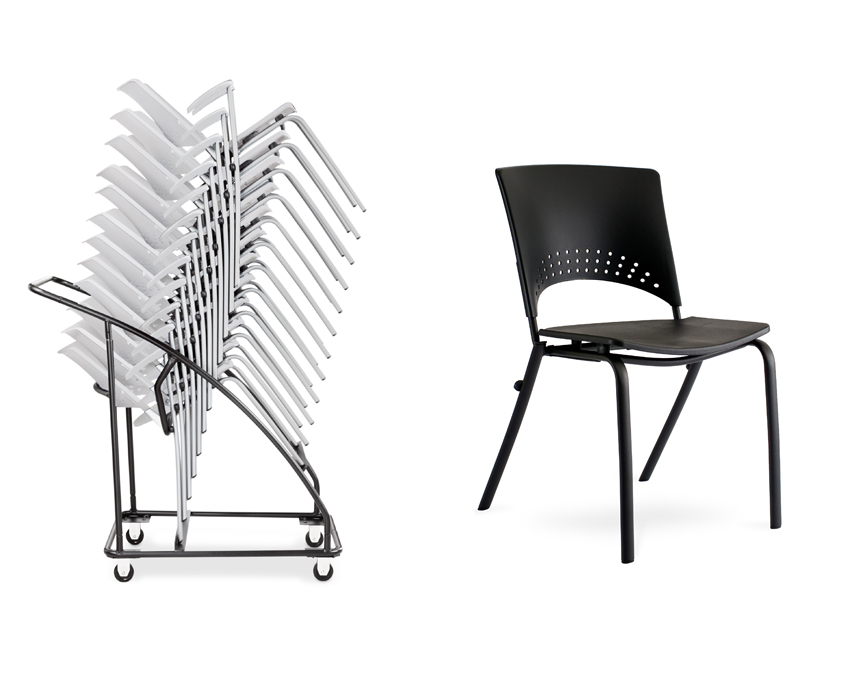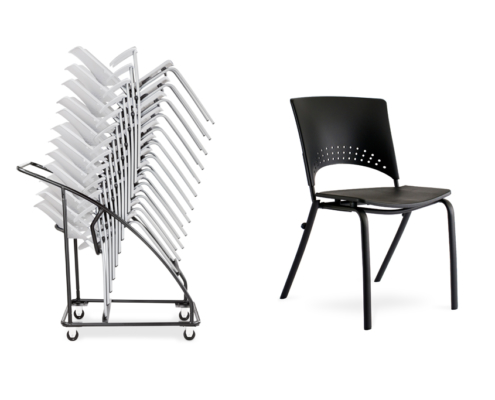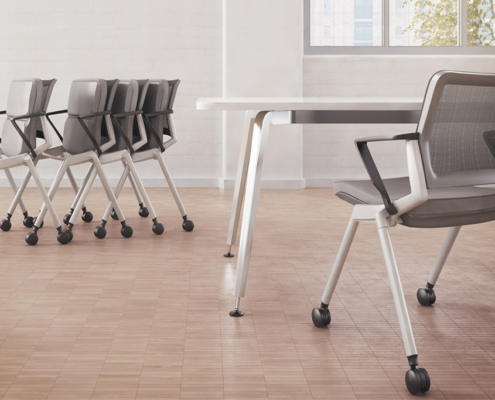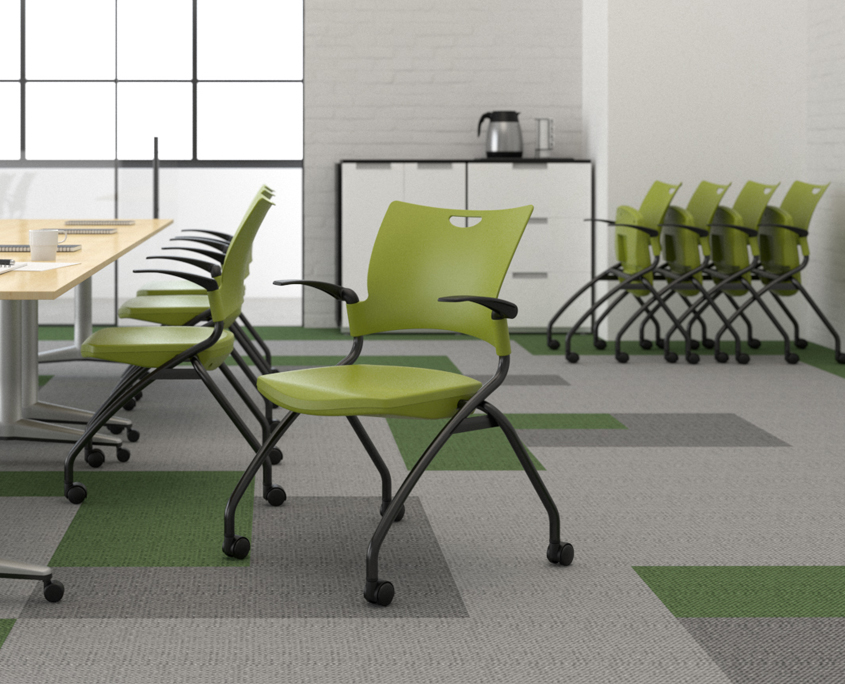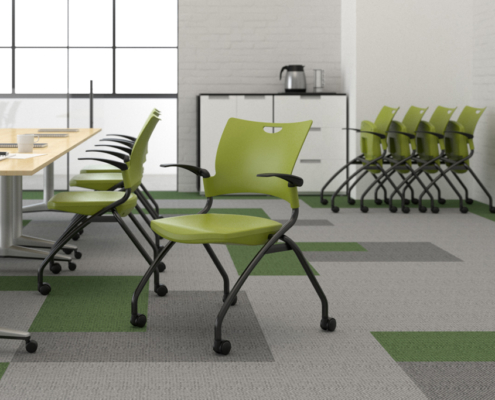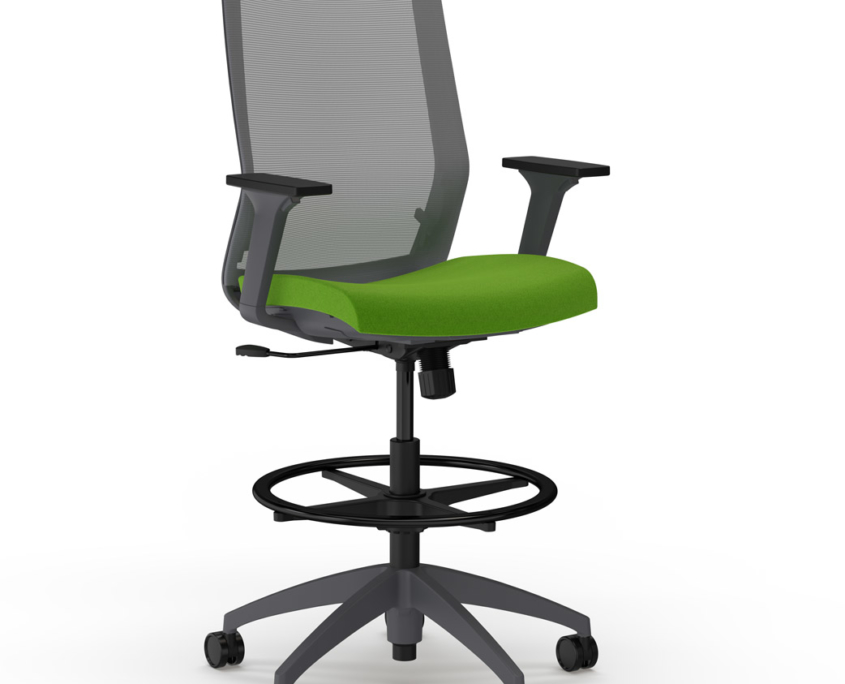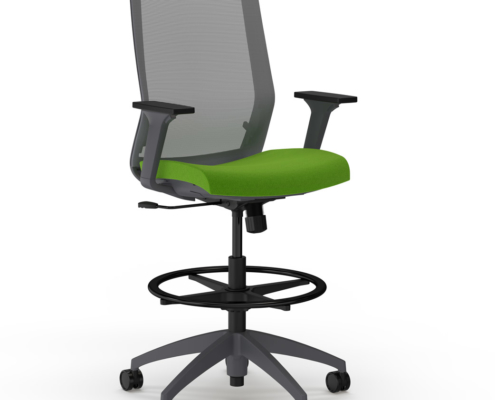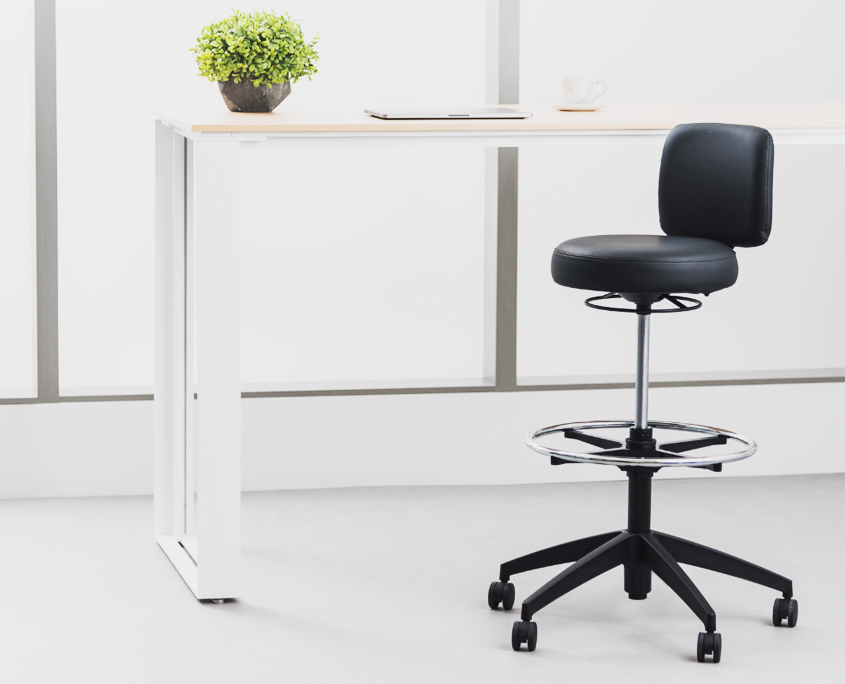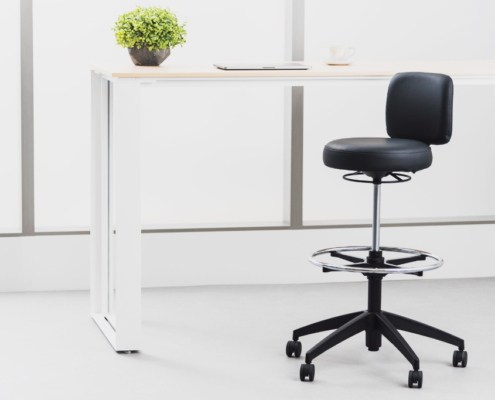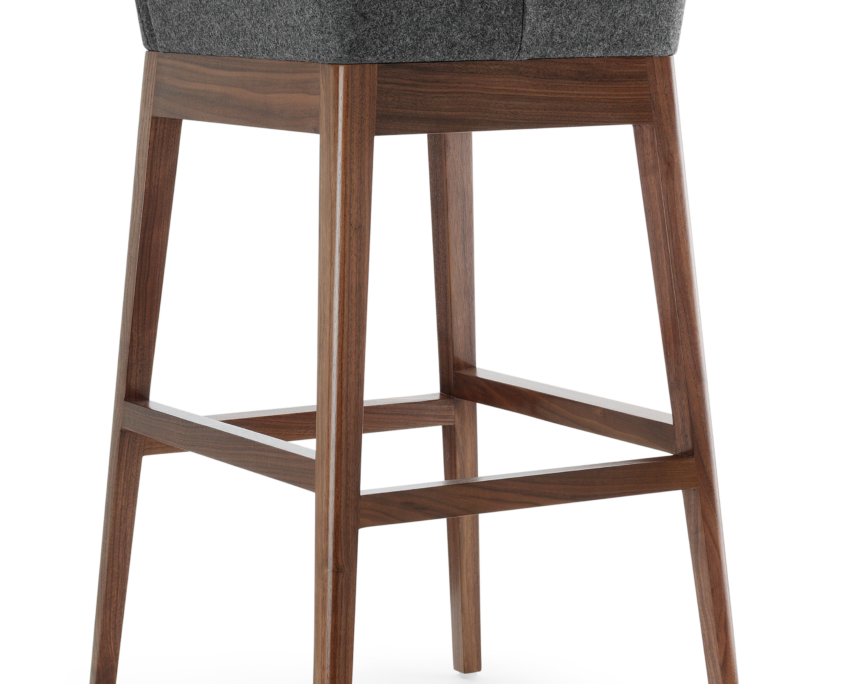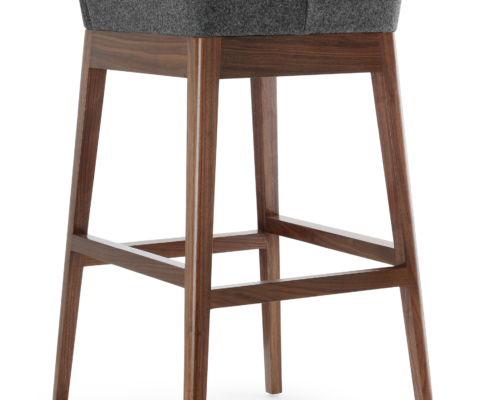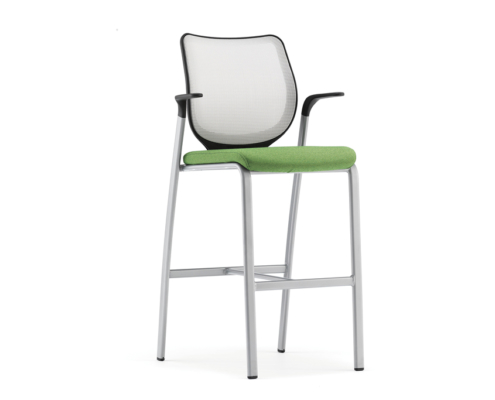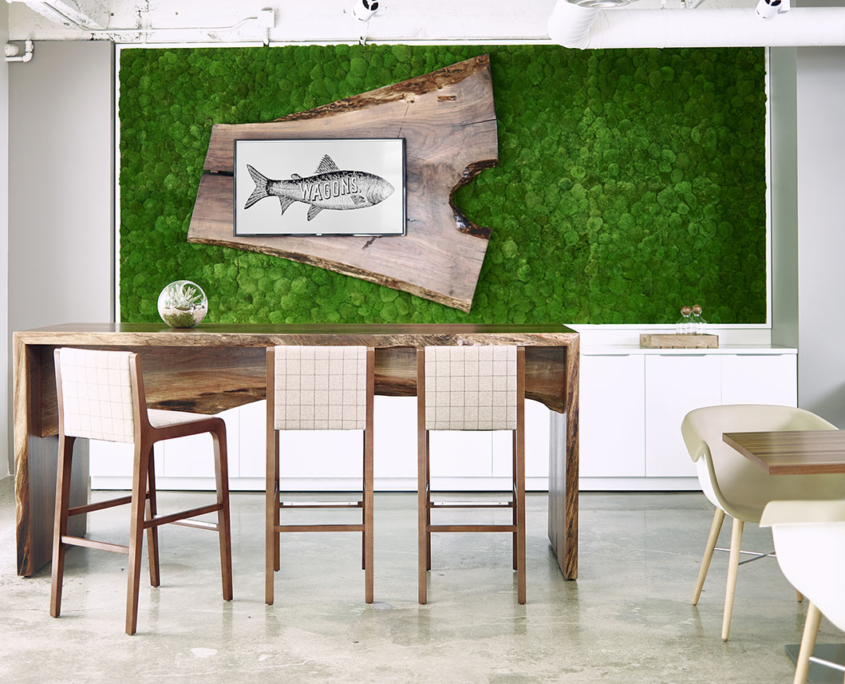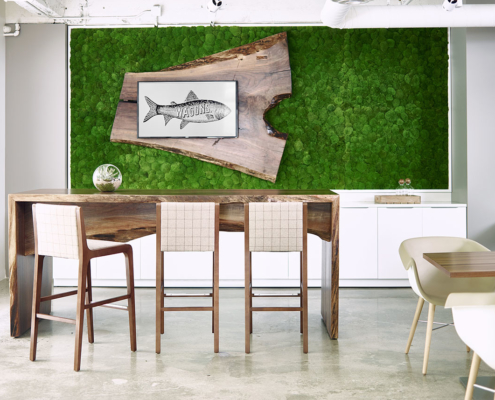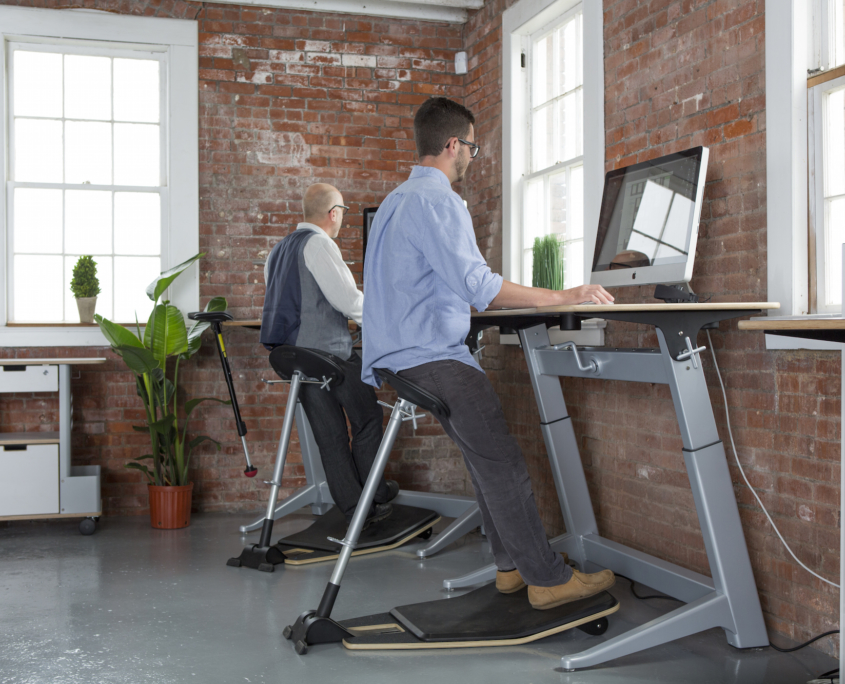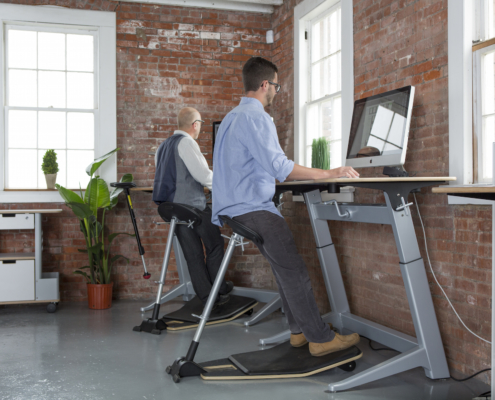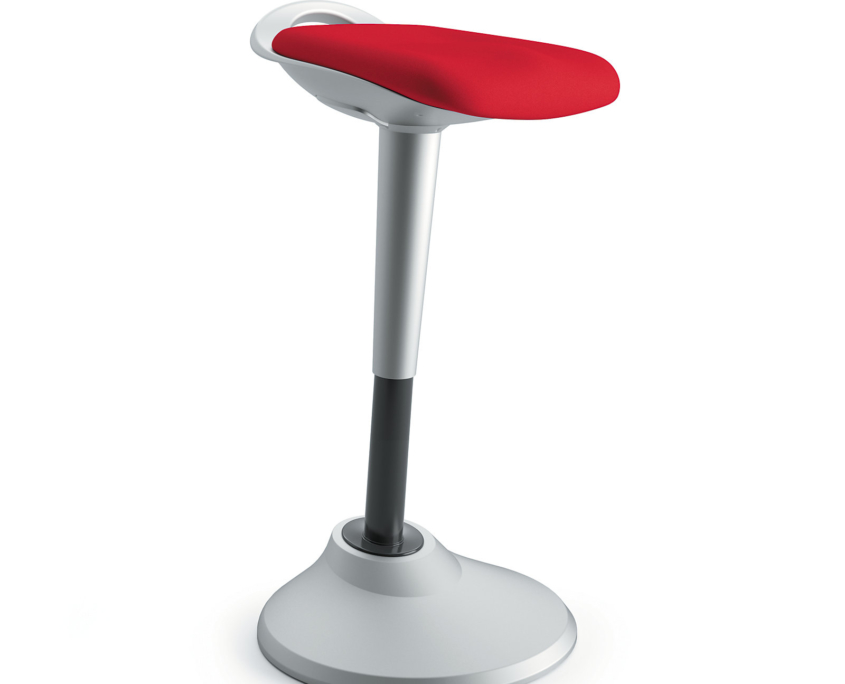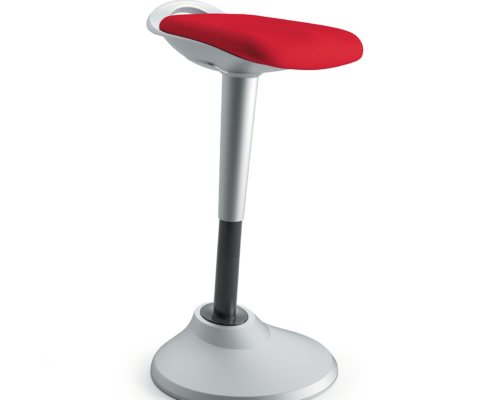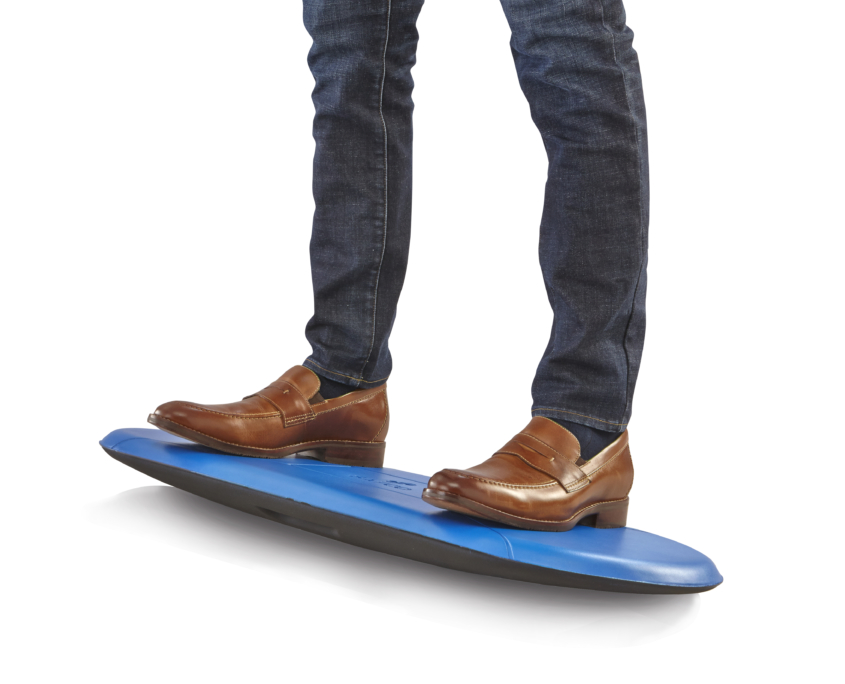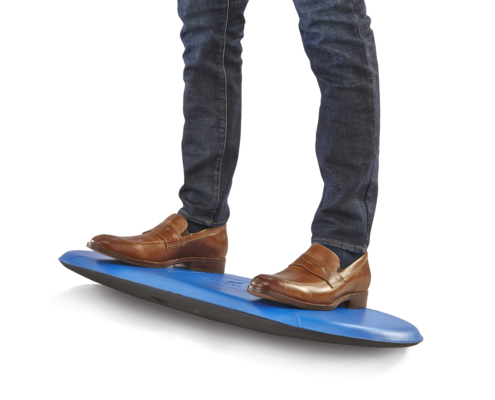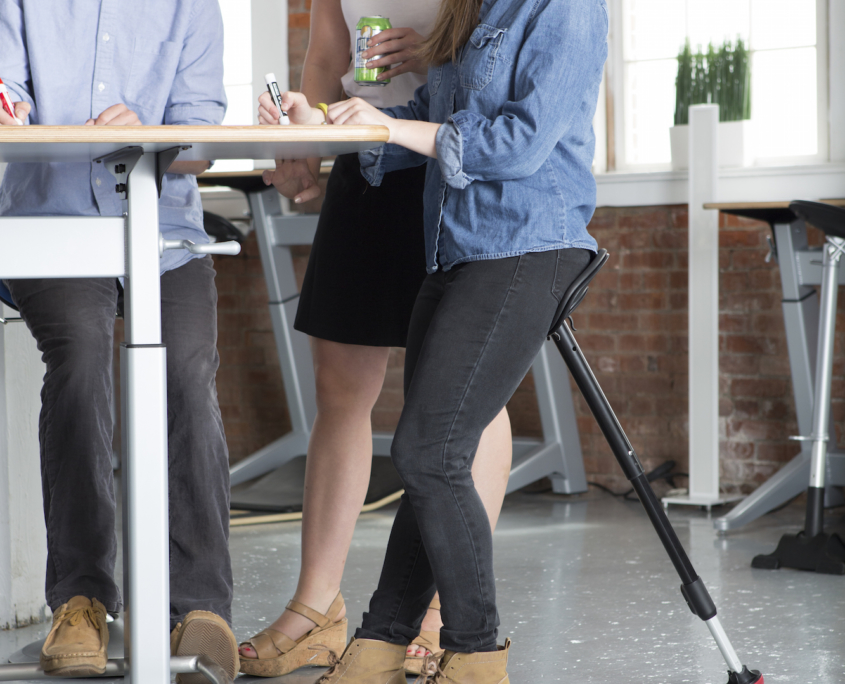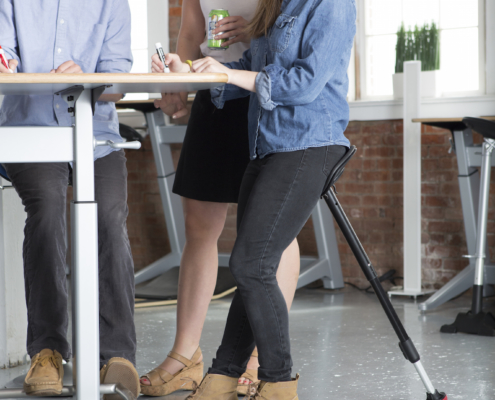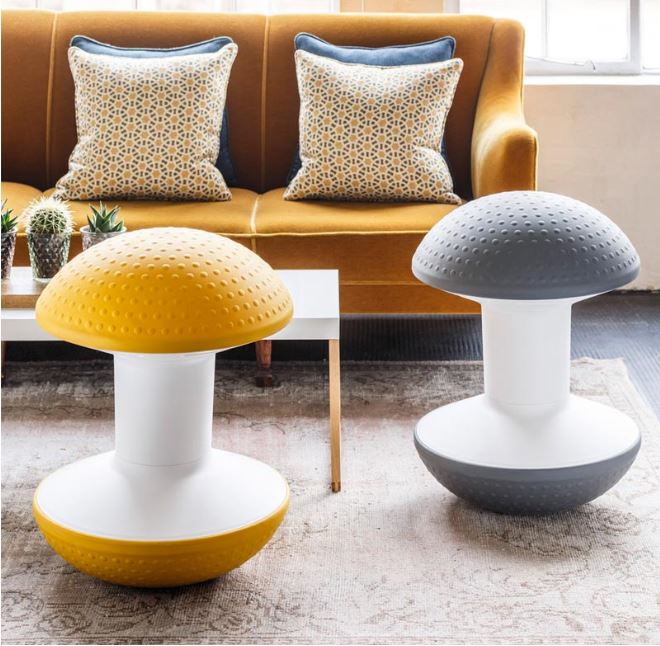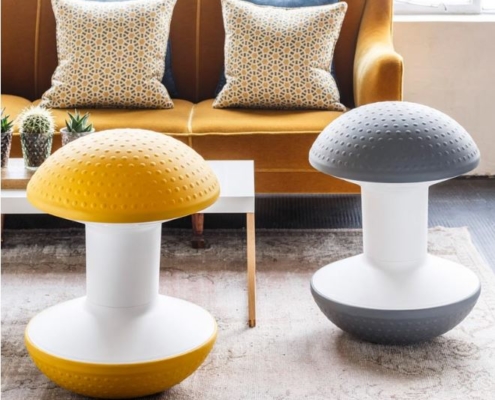Though we do it every day, most of us don’t think too much about sitting. From a dirt floor to our current ergonomic masterpieces, chairs have come a long way. Navigating today’s landscape of chair types and uses can be a bit confusing, so we’ve come up with some information about chairs you’ll see around the office. If your chairs aren’t meeting the needs of your workplace, give Rose City Office Furnishings a call at (503) 285-8100 and we’ll work with you to make sure you and your staff are sitting pretty!
Lounge Chairs
Lounge seating is an obvious one – These are soft, comfortable chairs designed for a nice, relaxing sit. You see these chairs in breakout spaces, waiting rooms, reception areas, lounges, anywhere you’d like people to be comfortable. Since the dawn of the Google workplace, you might even see unusual seating like hammocks, swings, or beanbag chairs. Typically, however, offices tend to stick to residential style armchairs and sofas. Many manufacturers are including power options so you can charge a phone or laptop while you sit.
Guest / Side Chairs
Guest, or Side Chairs are smaller, lightweight chairs for quick seating. These are a no-fuss chair, without swivel, a shorter sit, typically with 4 straight legs instead of a 5-star wheeled base. They are great for a quick collaborative meeting, are lighter scale to be easily picked up and taken to anywhere you need to briefly sit and chat.
Task Chairs
Task chairs are designed for prolonged sitting at a desk. These chairs come with the most ergonomic adjustments to help maintain good posture and comfort for those many hours at work. This is the most personalized chair, with options for back height, levers to adjust the angle and height of sitting, range of tilt, with optional head and arm rests to give you the most support and ease strain on your body. Mesh fabric is a typical option for the task chair as it increases airflow, allowing for even more comfort. If you have to sit all day, this is the chair you need to be using to minimize all those negative affects a seated lifestyle brings.
Executive / Conference Chairs
Executive and Conference Chairs are for two things – comfort and impression. These chairs are designed for managers who are often away from their desks, or conferences and meetings. Where a task chair comes with many knobs and levers to make ergonomic adjustments, executive and conference chairs are inherently comfier but not designed for all-day, everyday use. You’ll see features like modern designs, leather, larger backs, and puffier padding. Beyond being comfortable, this is the chair that shows everyone you’ve made it, fluffy white cat not included.
Nesting / Stacking Chairs
When it comes to learning or training environments you need chairs that are easy to set up, easy to put back, and store compactly. This is where Nesting and Stacking chairs come in – they fit together by either stacking on top of each other, or with flip-up seats that nest together to allow for mass seating that can fit in a much smaller space. These are great for training rooms, breakrooms, classrooms, town hall meetings, etc. They have less ergonomic options, though many come with optional arms, flip-up desks, wheels, padded seats and mesh backs. To round out their convenience, carts and dollies are available to help with clean up!
Stools
When you think of stools, you’re probably picturing a 4-legged wooden barstool with a round seat. In the office, stools are so much more! While you still may see these barstools in the breakroom, in workspaces you’ll find a chair that is more similar to a task chair, but taller. Stools are designed for collaboration at counter height tables. They can feature a footrest, longer seat, ergonomic adjustments, be stationary or wheeled.
Active Seating
It’s now known that sitting at the office all day is harming our health, and Active Seating has been designed to combat those problems. In a regular chair, you’re able to plop down and let the chair do all the work. With Active Seating, you have to engage the chair to keep from falling over, sneaking in a core workout while at your desk. These chairs are sometimes not chairs at all, but are instead tools for taking the pressure off standing. They’re ideal for people who spend most of the time up and walking, and just need to stop by a desk and rest while entering in something on a computer or checking over a document. These fun alternatives might be prefect for certain situations, but keep in mind you may want a regular chair for when you need to focus on work instead of keeping yourself upright.

